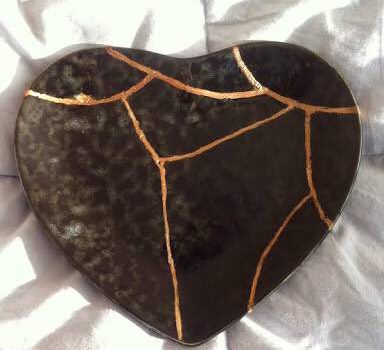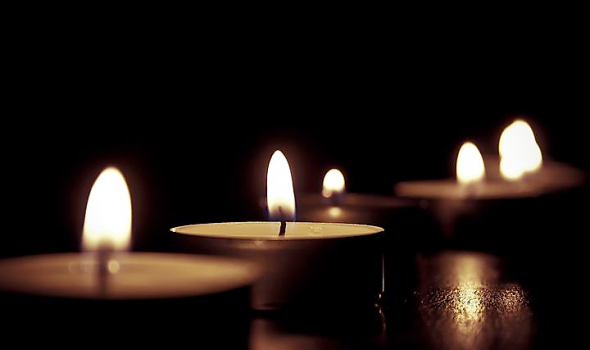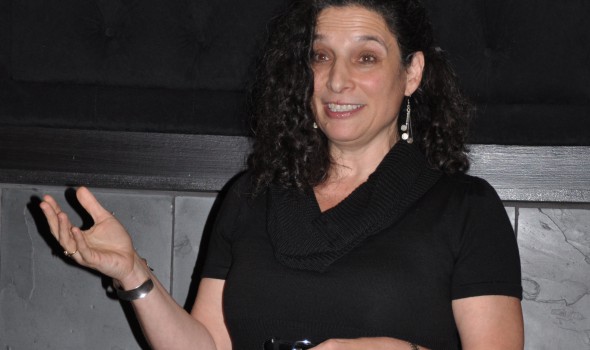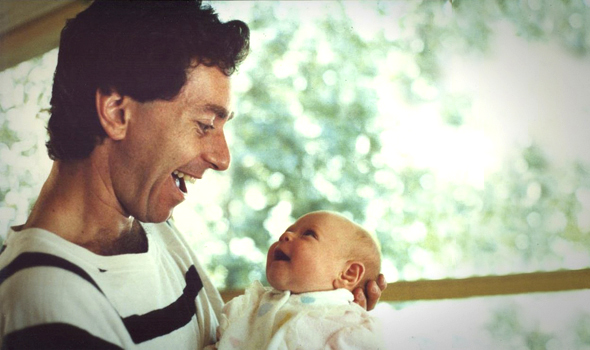Blog
The Japanese art of kintsugi (“joining with gold”) involves the slow, careful repairing of broken pottery with lacquer and gold, making something more precious through working with the brokenness, forming a new wholeness that embraces the fragmentation. I have hope for our communities, our nation, our world, and each of us, because the art and slow, careful work of acknowledging and repairing personal and communal injuries and brokenness is not a challenge that is new in our time. We have maps and models and lessons from ancient and more recent wisdom traditions to which we can turn to practice these arts – with and for ourselves, our families, our communities, our nation, our world and our precious planet as a whole. This blog will come in two parts, this first focusing more on the inspiration and maps of ancient wisdom traditions, the second applying more modern psychotherapy models.
Read More»It is our calling to hold people when they are hurting, sad, afraid, or angry.
Today, as on many other days, we may witness deep distress and wonder how to help. We, ourselves, may need comfort or support even as we strive to assist others with their pain. It is helpful to be reminded of our guiding principles and our strategies for resourcing.
Read More»Carrie, Sharon, and I had our weekly meeting the day after the news from San Bernardino broke. Like everyone, we were in touch with a sense of hopelessness and despair. That awful feeling of “not again.” I told them how only days earlier, I’d had to hold back tears as my kids matter-of-factly compared their classrooms’ lock-down drills over dinner
Read More»If you are like me, you likely find it easier to take care of others than to take care of yourself. Many of us who practice as psychotherapists learned early in life to put the proverbial oxygen mask on others first. After almost 30 years of practicing this way, I am beginning to grow wiser. Many years ago an older female friend shared a pearl of wisdom with me. She let me in on the secret gifts of mid-life: women stop wanting to take care of everyone else and they stop caring what people think about them. As I find myself now at this juncture, with a “revolving door” nest, I recognize the truth of her words. Not that I have stopped wanting to take care of others—the freedom actually has led to much generativity–but I have stopped wanting to do so in the way I used to—without sufficient boundaries, resources or reciprocity.
Read More»“Wonderful things happen when people feel felt, when they sense that their minds are held within another’s mind,” reflects Dan Siegel, a UCLA psychiatrist and prominent theorist in the field of interpersonal neurobiology, as he describes his concept of “mindsight”.
What does it mean to “feel felt” and how does this experience enhance healing in psychotherapy?
“Feeling felt” implies empathy paired with acceptance and presence. It engenders not only understanding, but also resonance. Two people sharing a sacred and respectful space. Being there together, without judgment, pressure, or agenda. Holding curiosity, welcoming what comes. Discovering together the experience or meaning that unfolds organically. In such moments, time slows; wonder grows; awe is possible. Perhaps this is what Siegel imagines when he describes our “minds [being] held within another’s mind.”
Read More»As psychotherapists our most poignant sessions occur when we are in a state of presence and attunement with our clients. At these moments, we are not focused on fixing a problem or remedying a symptom. We are not in the role of expert, but rather of compassionate collaborator or guide. There is a sense of “oneness” with our client’s experience. The connection between us helps to catalyze healing, and true wisdom emerges from an inner knowing rather than from analysis or theory.
Read More»






